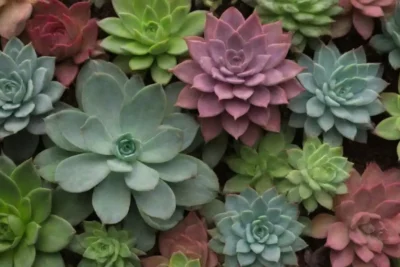
Using Succulents to Combat Urban Sprawl and Green Spaces
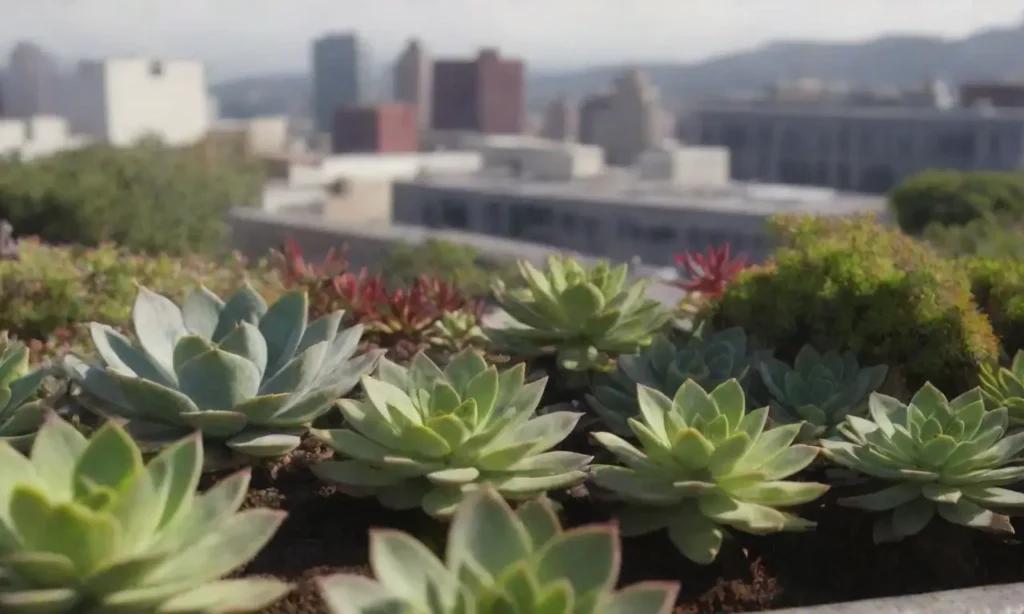
Introduction
Urban sprawl has become a significant concern in many cities worldwide, characterized by the uncontrolled expansion of urban areas into rural lands. As cities continue to grow, the demand for green spaces diminishes, leading to a stark imbalance between concrete jungles and natural environments. This imbalance not only affects urban biodiversity but also impacts the mental and physical well-being of urban residents. In this context, the cultivation of succulents emerges as a promising strategy to mitigate the effects of urban sprawl and promote greenery in densely populated areas.
In this article, we will explore the role of succulents in enhancing urban green spaces, their ecological benefits, and how they can be integrated into both private and public initiatives. By examining the unique characteristics of succulents and their adaptability to urban environments, we hope to illustrate how these wonderful plants can serve as an effective tool for sustainable urban development.
Understanding Urban Sprawl
Urban sprawl refers to the rapid and often unplanned sub-division of urban land, causing a significant shift toward lower density development on the outskirts of cities. This phenomenon is usually driven by various factors including population growth, economic factors, and zoning regulations. The consequences of urban sprawl are multifaceted, leading to increased traffic congestion, environmental degradation, higher infrastructure costs, and loss of agricultural land.
One of the most pressing issues stemming from urban sprawl is the reduction in the amount of green spaces available to urban dwellers. Green spaces, such as parks, gardens, and natural reserves, are critical for maintaining environmental balance and providing recreational opportunities. They contribute to improved air quality, biodiversity, and social interactions, which are all vital for the health and welfare of urban populations. When cities expand outward, these much-needed natural spaces often get sacrificed, adversely affecting the urban ecosystem and residents' quality of life.
Moreover, urban sprawl exacerbates climate change issues. More asphalt and concrete surfaces lead to increased surface temperatures, contributing to the urban heat island effect. The lack of vegetation means that rainwater has fewer places to go, leading to increased runoff and flooding. The result is a vicious cycle where urbanization leads to more environmental challenges, making it increasingly important to implement green strategies to reclaim and enhance urban spaces.
The Rise of Succulents
What Are Succulents?
Succulents are a unique group of plants distinguished by their ability to store water in their leaves, stems, and roots. This characteristic allows them to thrive in arid environments where water is scarce. They come in various shapes, sizes, and colors, making them a popular choice for both indoor and outdoor gardening. Some well-known types of succulents include aloe vera, jade plants, and echeveria. These plants not only add aesthetic value to any space but are also generally low-maintenance, making them suitable for various urban settings.
The rise of succulents in urban gardening can be attributed to their resilience and adaptability. As cities become more populated and green spaces become rarer, the ability of succulents to survive in less-than-ideal conditions makes them an appealing option. Urban gardeners and community organizations are increasingly recognizing the potential of succulents to bring life and vibrancy to urban landscapes. Whether it's in rooftop gardens, neglected lots, or urban parks, succulents can serve as a lifeline for the much-needed greenery that often disappears in urban sprawl.
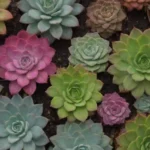 The Importance of Succulents in Conserving Native Plant Species
The Importance of Succulents in Conserving Native Plant SpeciesIn addition to their practical benefits, succulents have also gained popularity for their aesthetic appeal. Their diverse shapes and textures allow them to blend seamlessly into various design themes, ranging from minimalist to bohemian. This versatility makes them a favorite choice for landscape architects and urban planners aiming to promote sustainable design practices within city environments.
The Benefits of Succulents in Urban Gardening
The ecological benefits of promoting succulents in urban gardening are manifold. For one, succulents are exceptionally efficient in water use compared to traditional plants. Their ability to store water reduces the necessity for frequent watering, an essential factor in drought-prone urban areas. This characteristic not only helps in conserving water resources but also lowers the overall expenses associated with irrigation systems, making them ideal for public parks and monument gardens.
Moreover, these hardy plants can improve urban air quality through phytoremediation, a process where plants absorb pollutants and toxins from the soil and air. Studies show that certain succulents can effectively filter harmful chemicals from urban environments, thus contributing to cleaner air. This feature becomes increasingly important as urban areas struggle with pollution and its associated health risks. By incorporating succulents into urban landscapes, cities can use nature as an ally in the fight against environmental degradation.
Additionally, succulents can attract a variety of local wildlife, including bees and butterflies, contributing to urban biodiversity. By introducing more green spaces with diverse plant life, we not only combat the adverse effects of urban sprawl but also create environments that support the local ecosystem. Well-planned succulent gardens can enhance the beauty of the urban landscape while serving as critical habitats for various species, thus fostering a more sustainable and connected urban environment.
Integrating Succulents into Urban Spaces
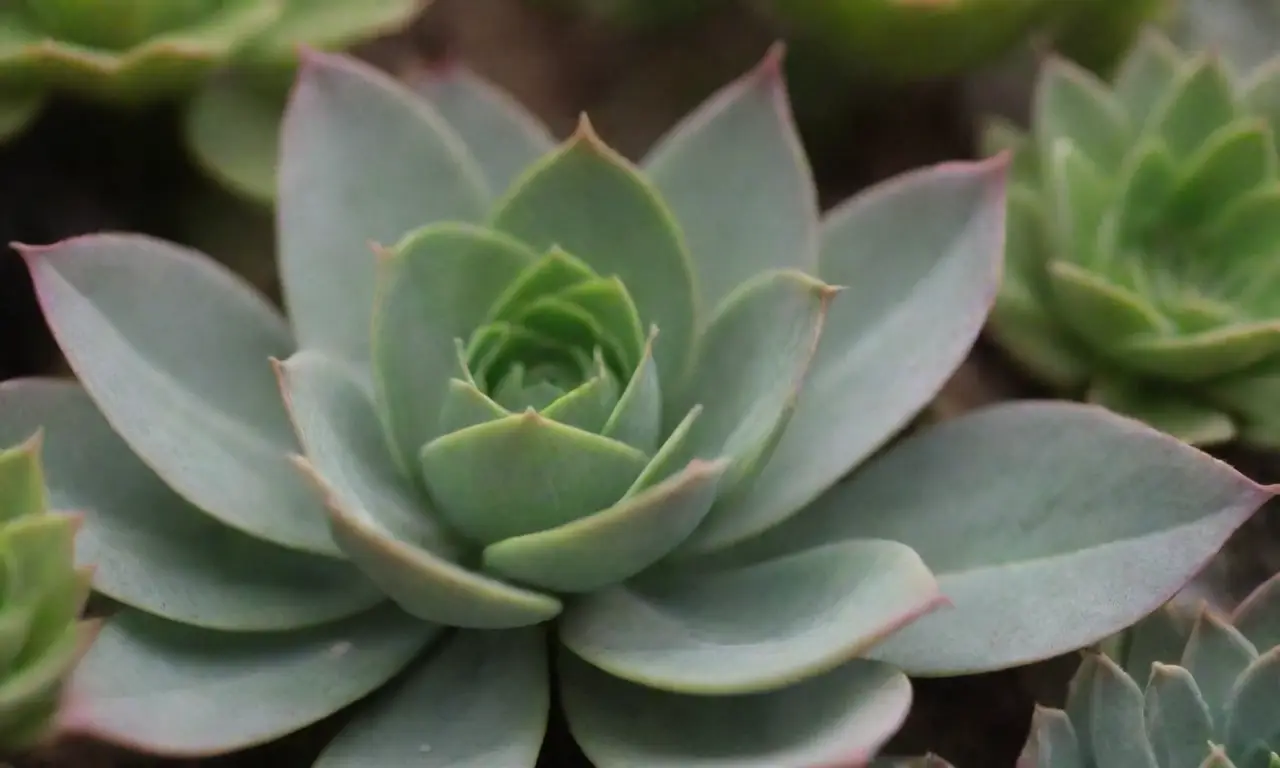
Public Initiatives and Community Engagement
One of the most effective ways to integrate succulents into urban spaces is through public initiatives that involve community engagement. Local governments, in collaboration with community organizations, can develop urban gardening programs that encourage residents to participate in planting and maintaining succulent gardens in public areas. These initiatives can help instill a sense of ownership and pride in the community while demonstrating the benefits of green spaces.
Community workshops and educational programs can provide valuable knowledge about succulents and their care. By teaching residents how to cultivate these plants, cities can empower locals to transform under-utilized spaces into vibrant gardens. Community gardens featuring succulents can become gathering spots, where neighbors connect and collaborate on maintaining green spaces. This fosters a sense of community spirit while addressing the issues associated with urban sprawl and limited green areas.
 Natural Climate Regulation: The Role of Succulents Explained
Natural Climate Regulation: The Role of Succulents ExplainedMoreover, involving schools in such initiatives can create a new generation of environmentally conscious citizens. Educational programs focused on succulents can be integrated into school curricula, helping children understand the importance of plants and ecosystems. This knowledge can foster a love for nature, teaching future generations to value green spaces and advocate for sustainable practices in their communities.
Private Gardening and Urban Development
In addition to public initiatives, private gardening efforts can also play a significant role in enhancing urban green spaces through the use of succulents. Homeowners and business owners can adopt succulent landscaping techniques on their properties, whether it's in backyards, balconies, or storefronts. The incorporation of succulents into these private spaces can enhance property value while simultaneously contributing to urban greenery.
Rooftop gardens, which are increasingly popular in urban settings, are ideal for succulent cultivation. They take advantage of under-utilized space while providing insulation and reducing heat absorption. Succulents are particularly well-suited for rooftop gardens as they can survive harsh conditions, including wind and intense sunlight. Such gardens not only beautify the skyline but also promote biodiversity and offer valuable outdoor spaces for relaxation and social gatherings.
Furthermore, urban developers can include succulent gardens as part of new housing or commercial projects, demonstrating a commitment to sustainability. By strategically placing these gardens, developers can enhance the aesthetic appeal of their properties while also providing essential green spaces for residents and visitors. Collaborating with landscape architects can ensure that succulents are appropriately integrated, thus creating harmonious environments that benefit both people and wildlife alike.
Conclusion
In summary, the rise of succulents presents a practical and appealing approach to combating urban sprawl and enhancing green spaces in cities. Their ability to thrive in challenging conditions makes them well-suited for urban environments, where traditional gardening may struggle. Through public initiatives and private engagements, the integration of succulents into urban landscapes can foster community spirit, improve air quality, and support local biodiversity.
As cities continue to expand, it is crucial to prioritize the development of green spaces that cater not only to human needs but also to the ecosystems around them. By utilizing succulents, urban planners, homeowners, and communities can collaboratively reclaim lost greenery and create vibrant, sustainable environments. This commitment to integrating more nature into urban settings is not just a trend; it's an essential step toward building resilient cities that prioritize the health and well-being of their inhabitants and ecosystems.
Ultimately, through the use of succulents and similar initiatives, we can work towards a future where green spaces are abundant, urban biodiversity is supported, and the beauty of nature is celebrated amidst the hustle and bustle of city life. By viewing succulents as more than just decoration, we can transform urban landscapes into thriving ecosystems that benefit all forms of life, thereby redefining the relationship between urban habitats and their natural surroundings.
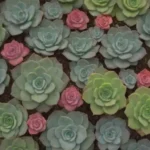 Understanding the Role of Succulents in Urban Ecosystems Today
Understanding the Role of Succulents in Urban Ecosystems TodayIf you want to read more articles similar to Using Succulents to Combat Urban Sprawl and Green Spaces, you can visit the Environmental Benefits category.

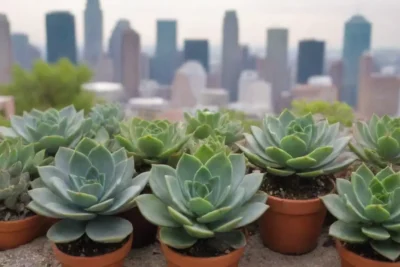

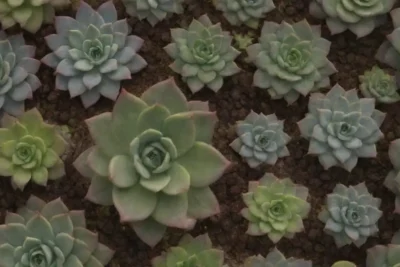
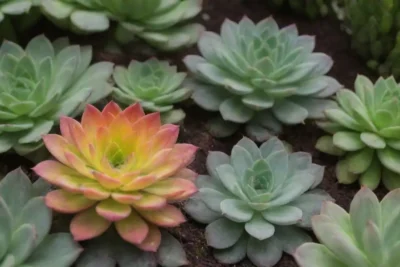
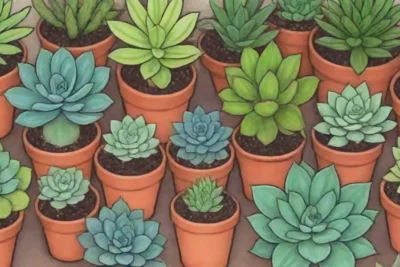
You Must Read